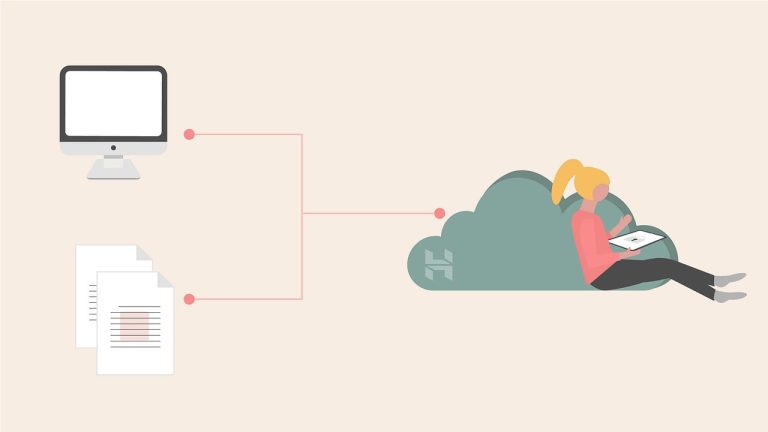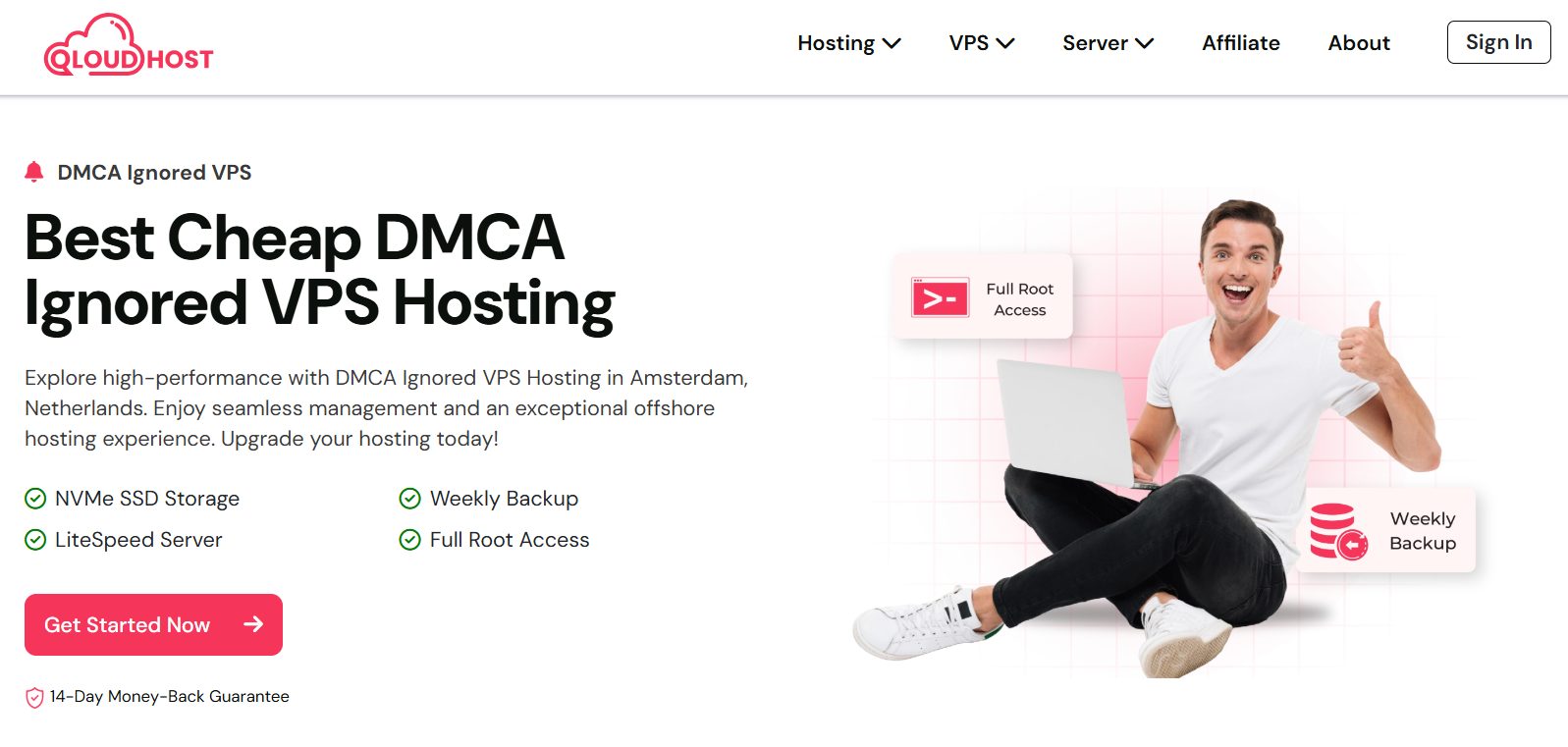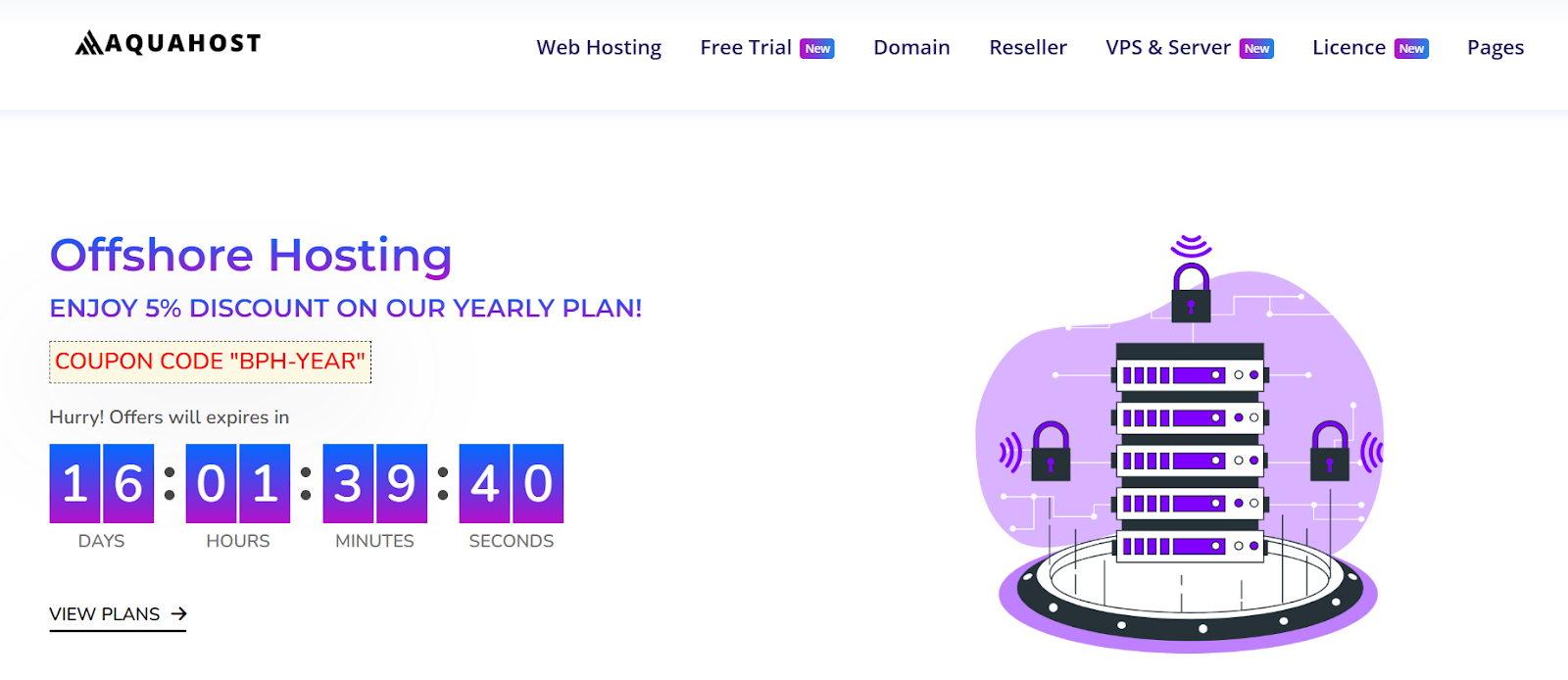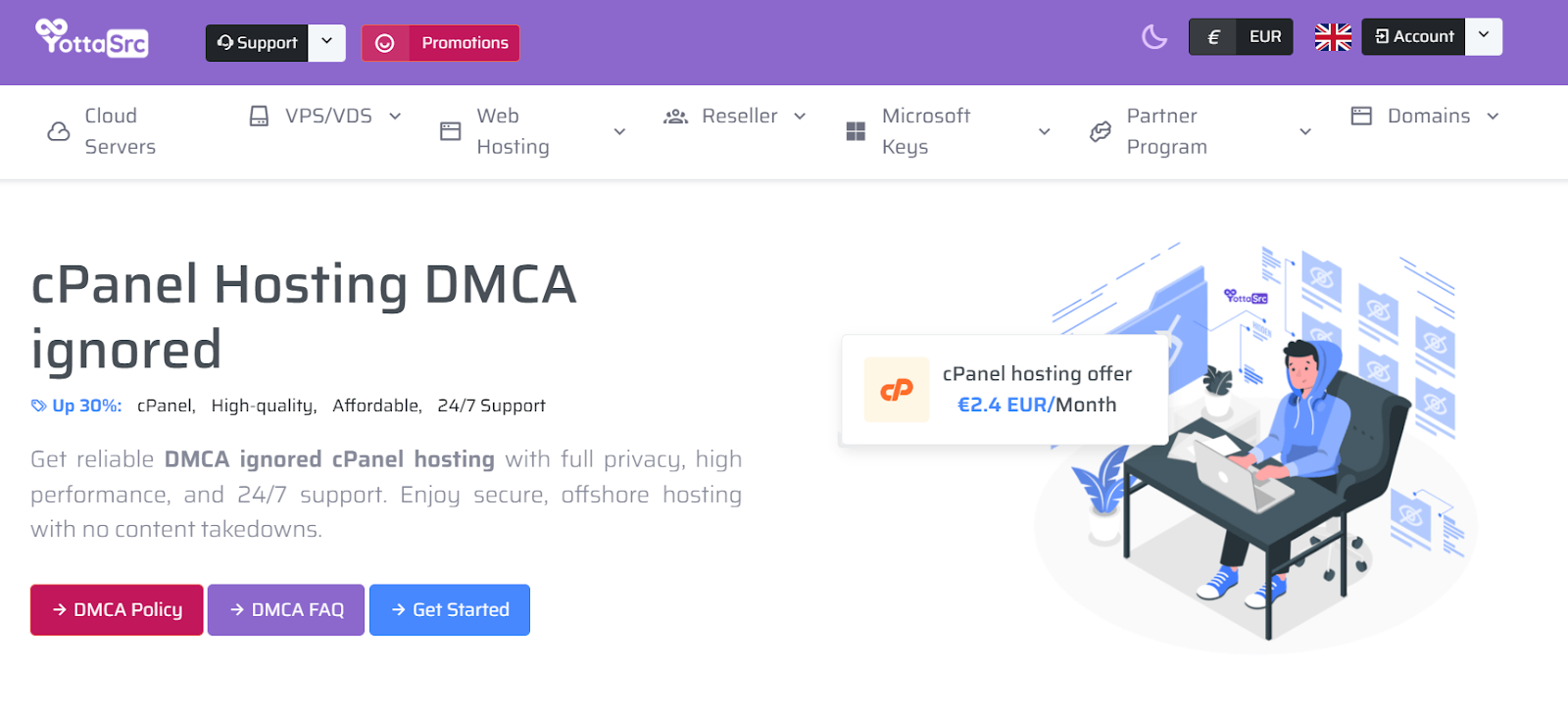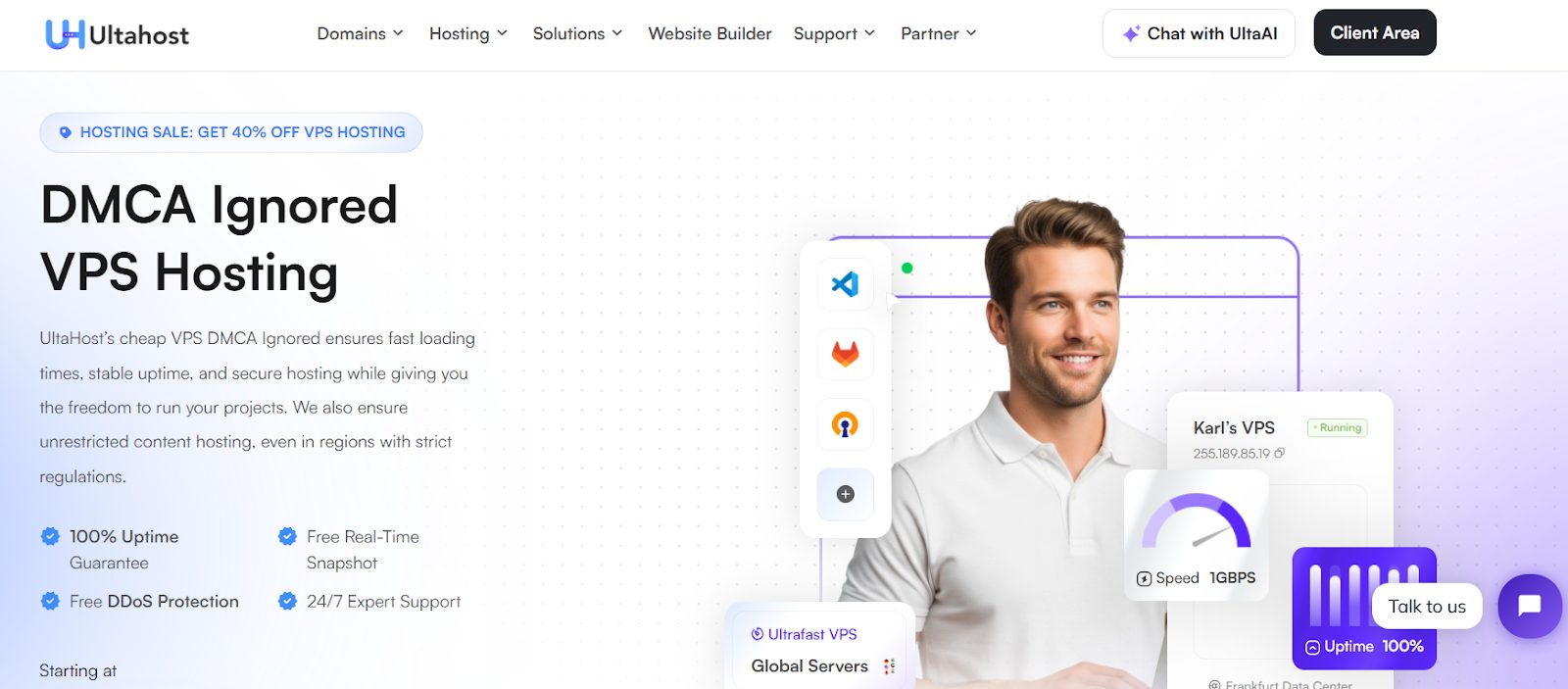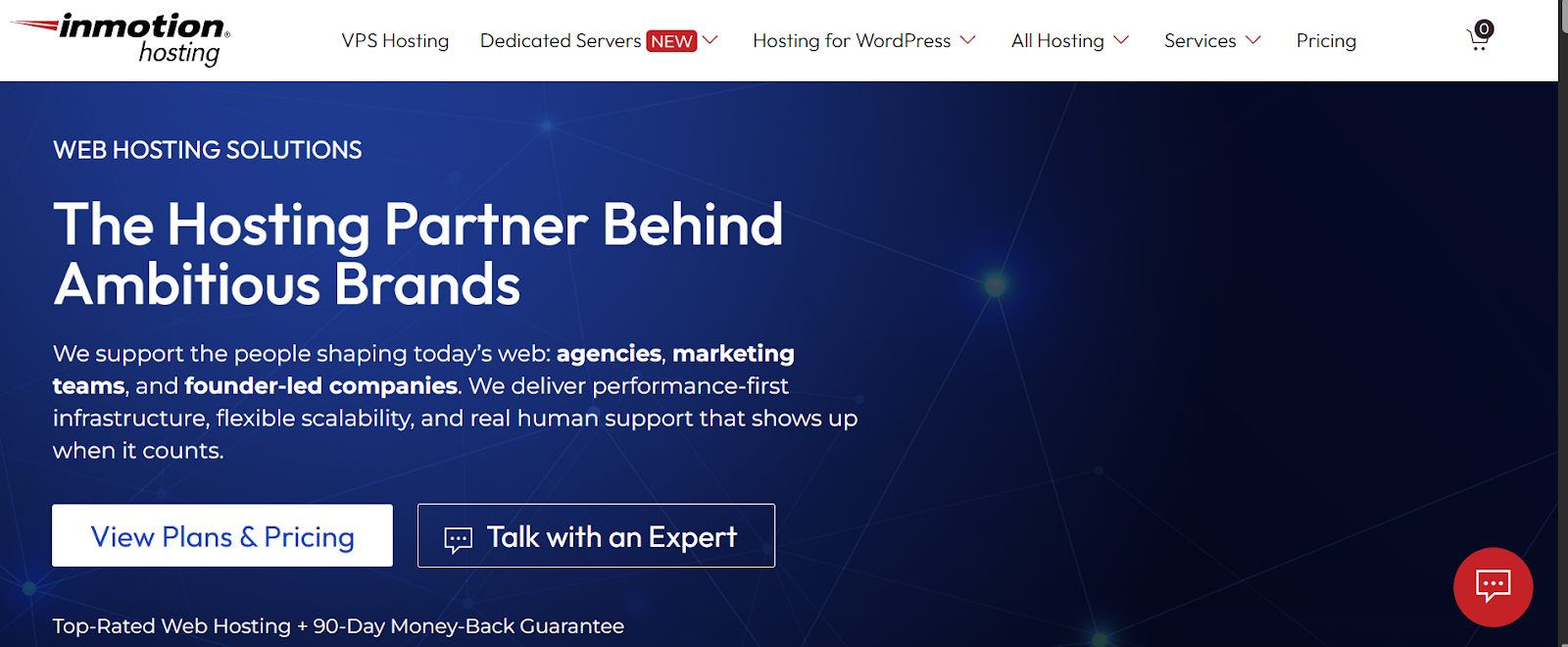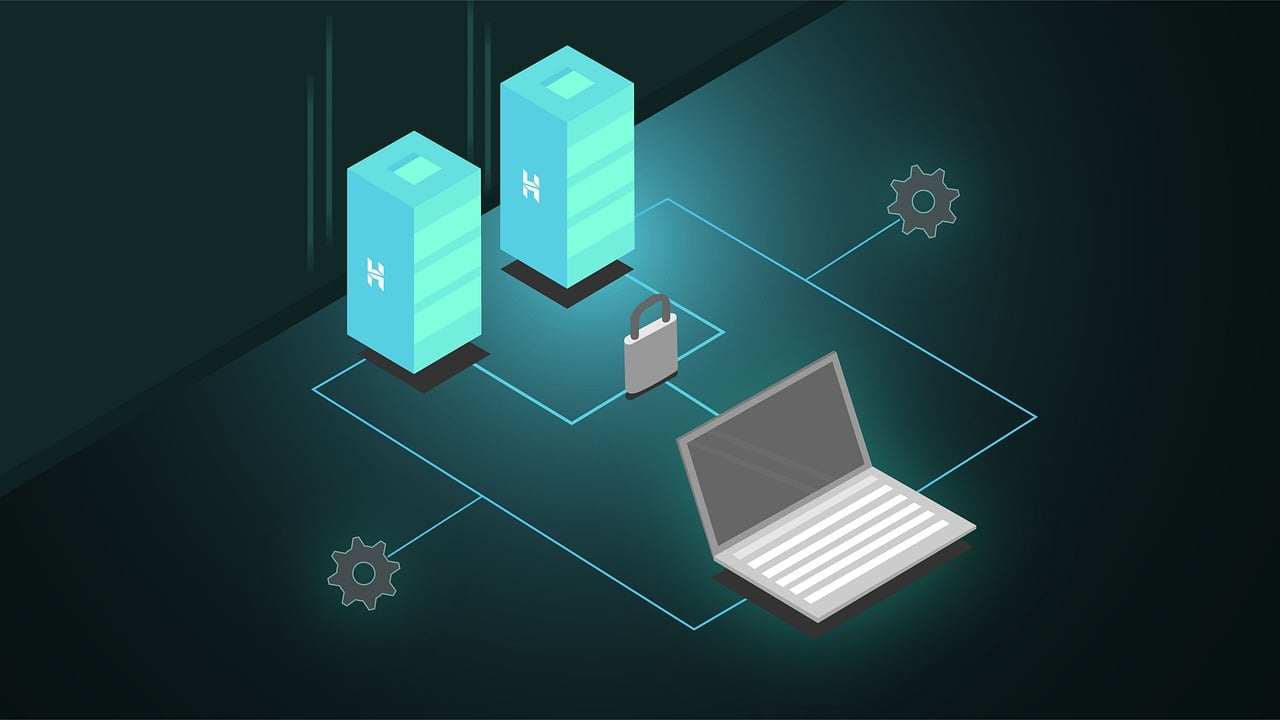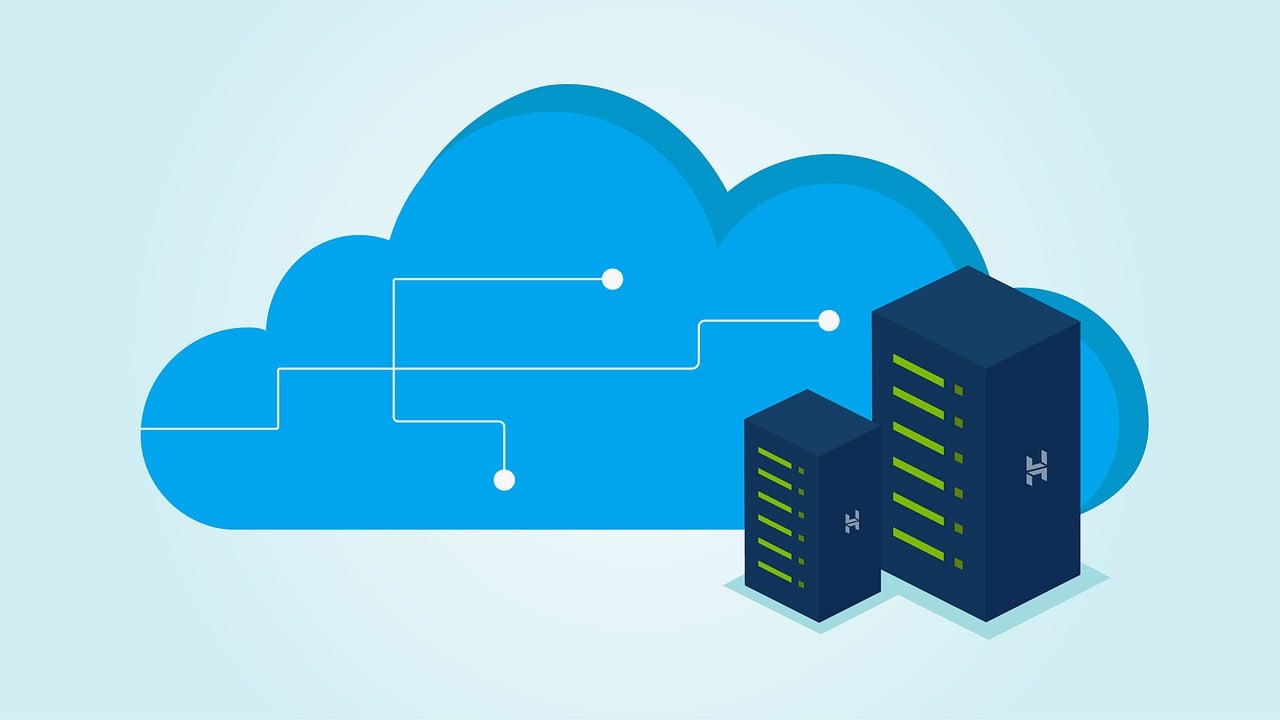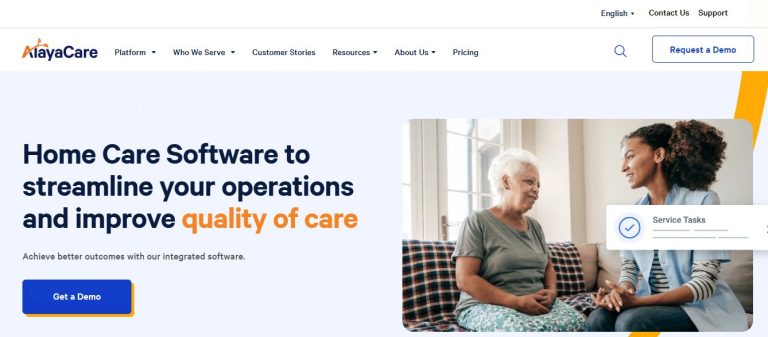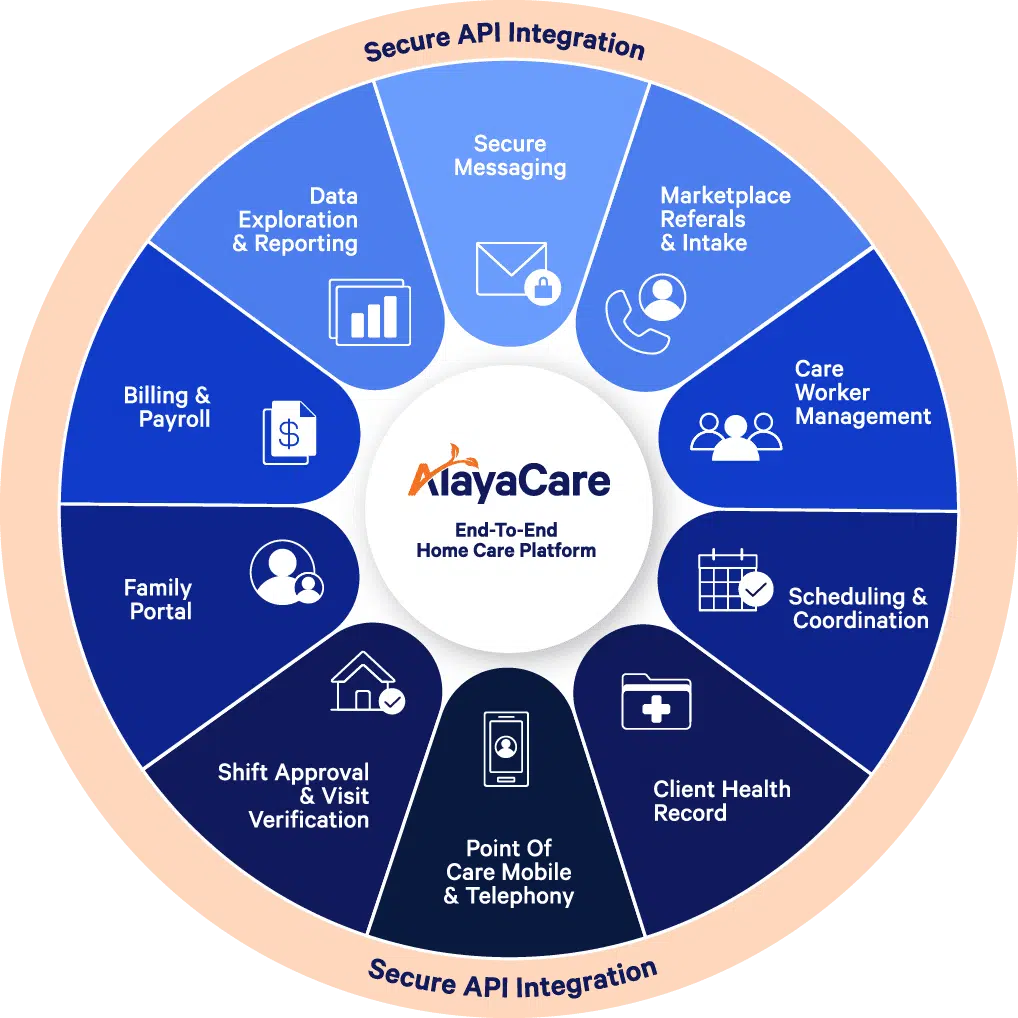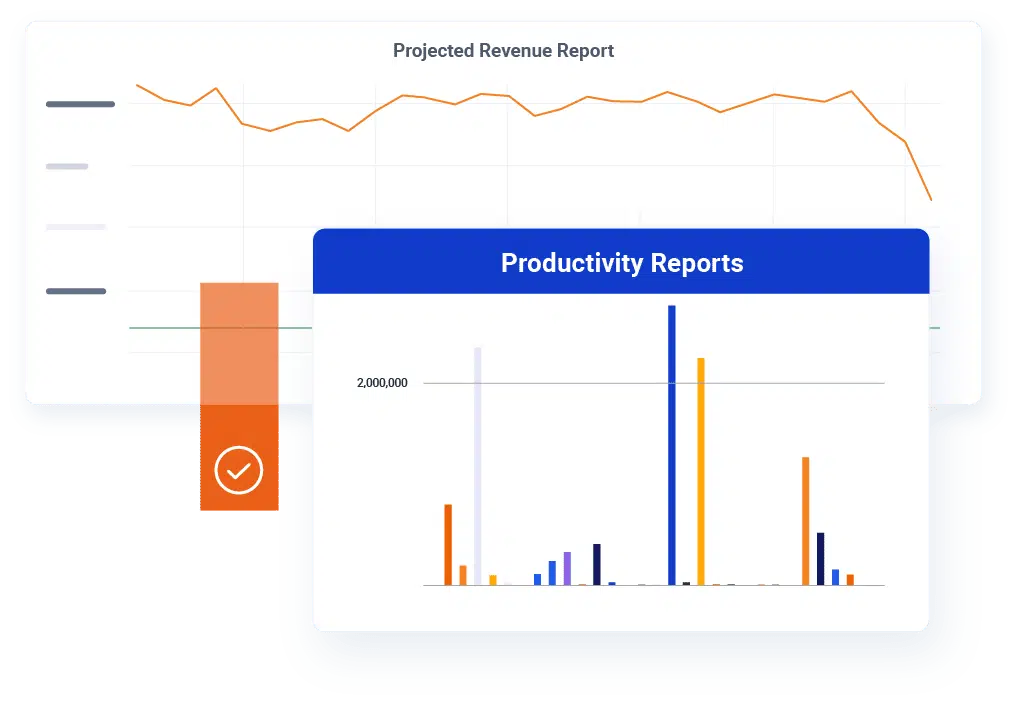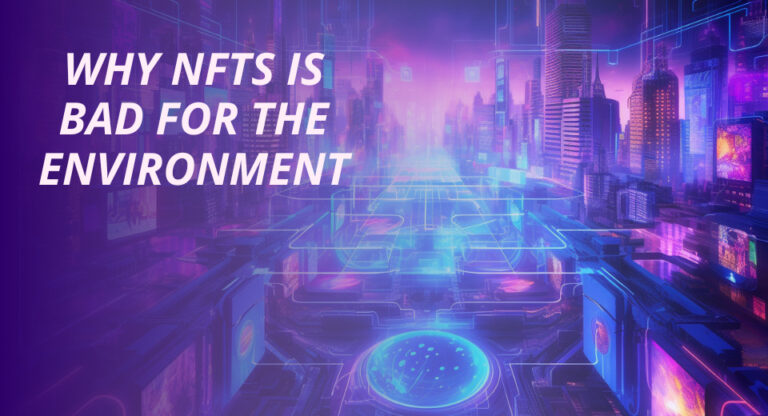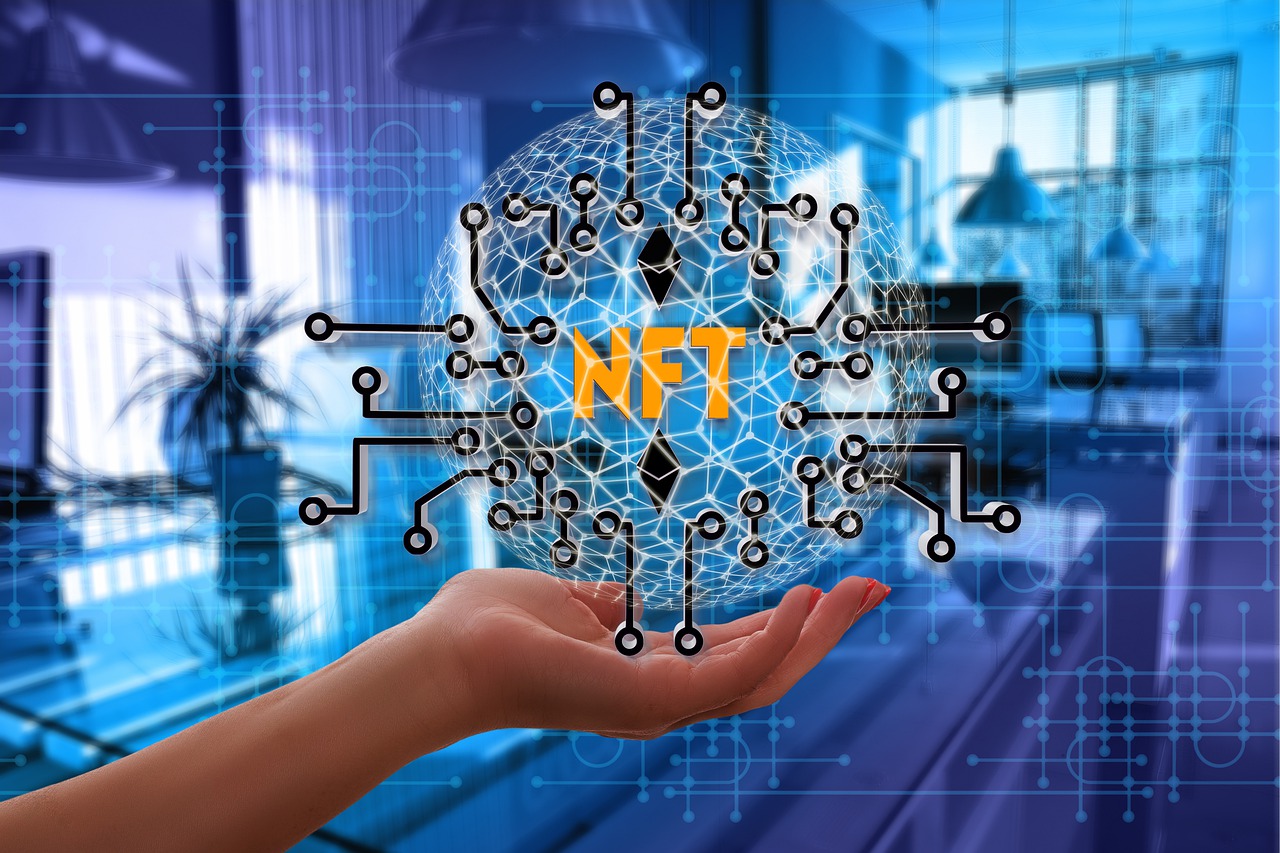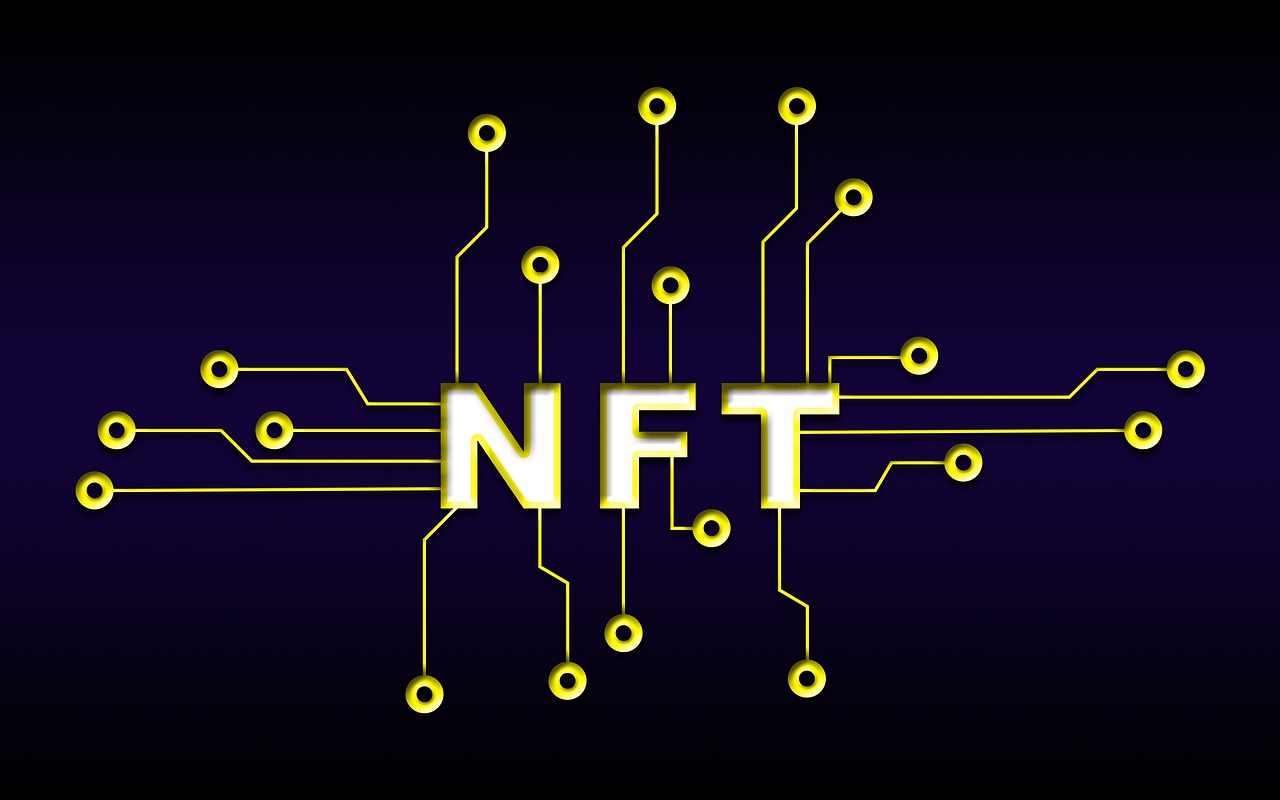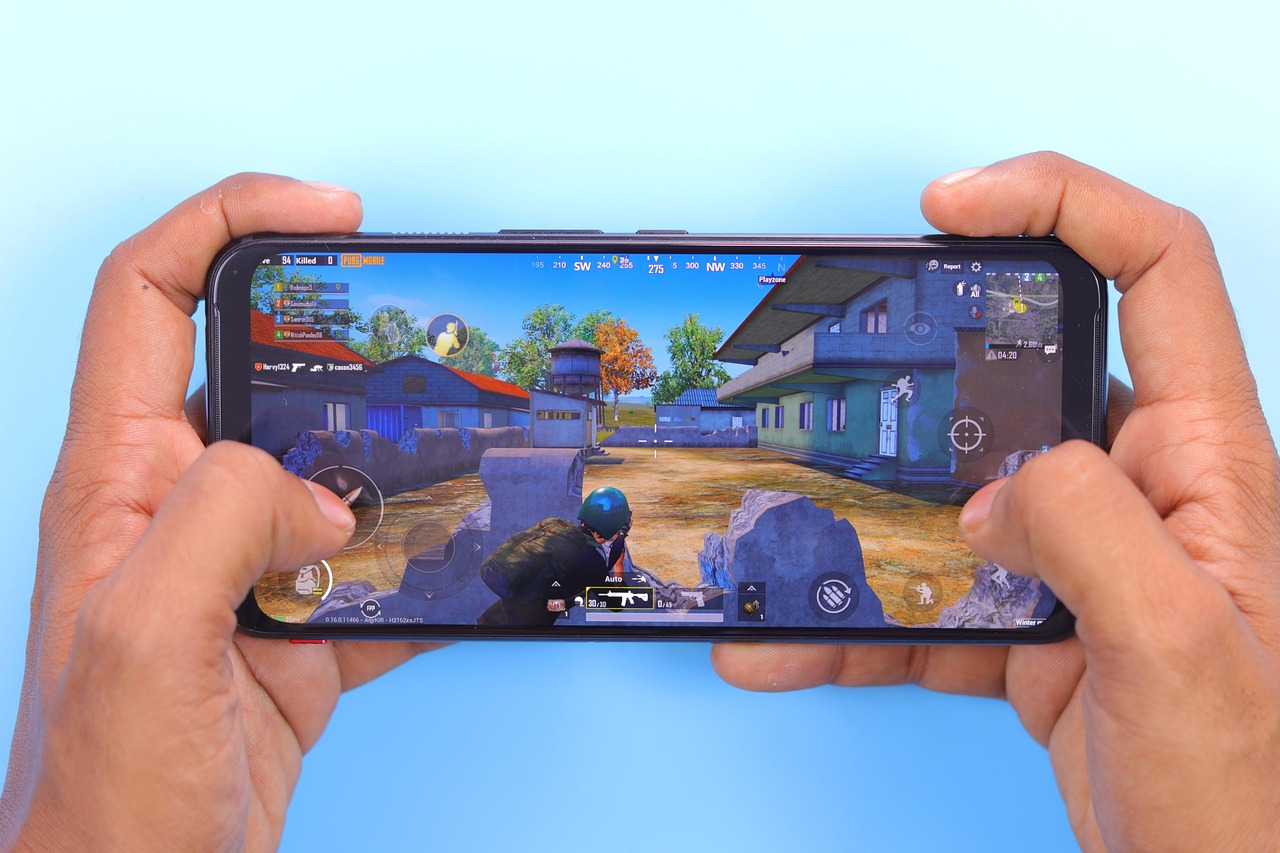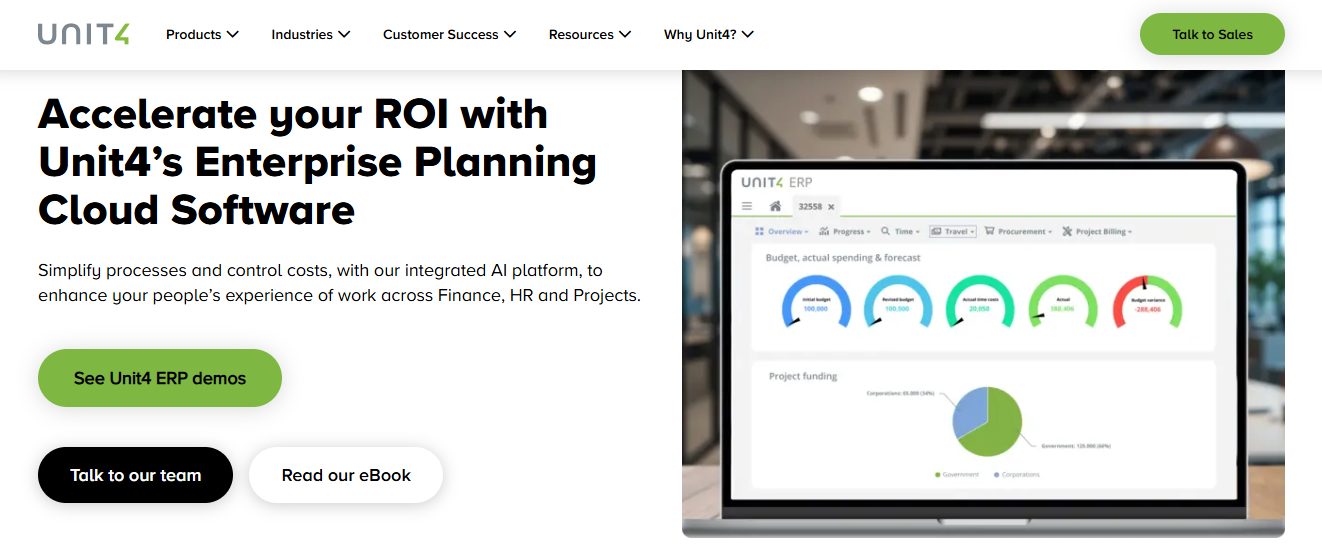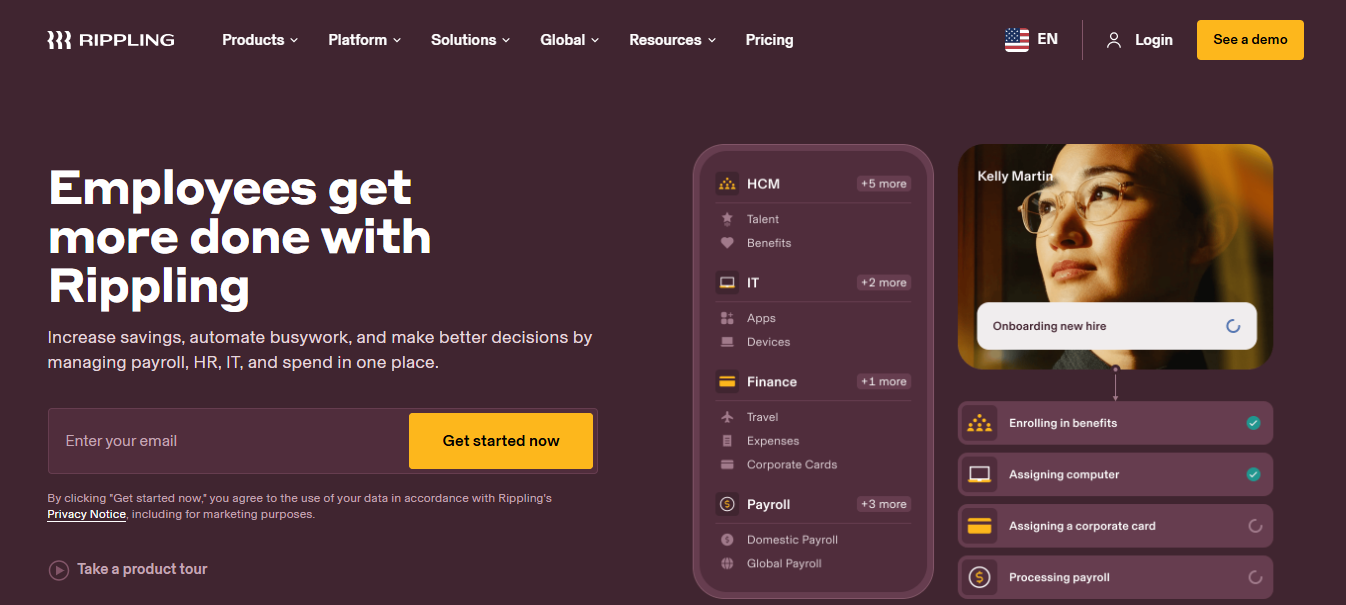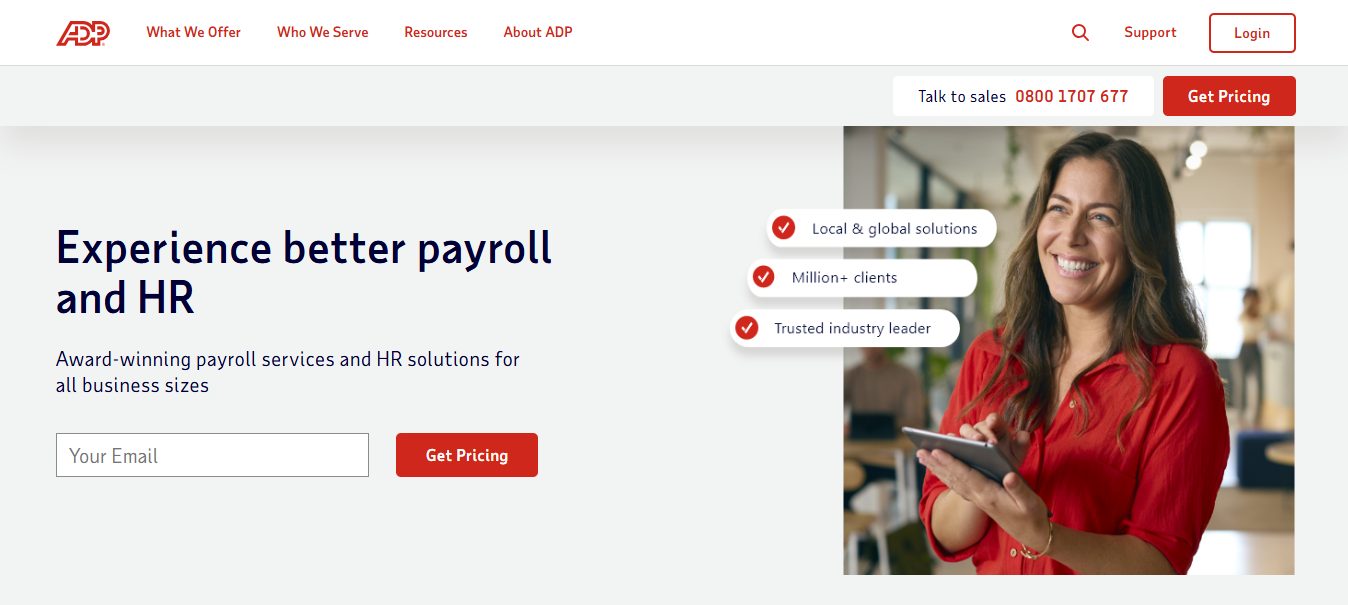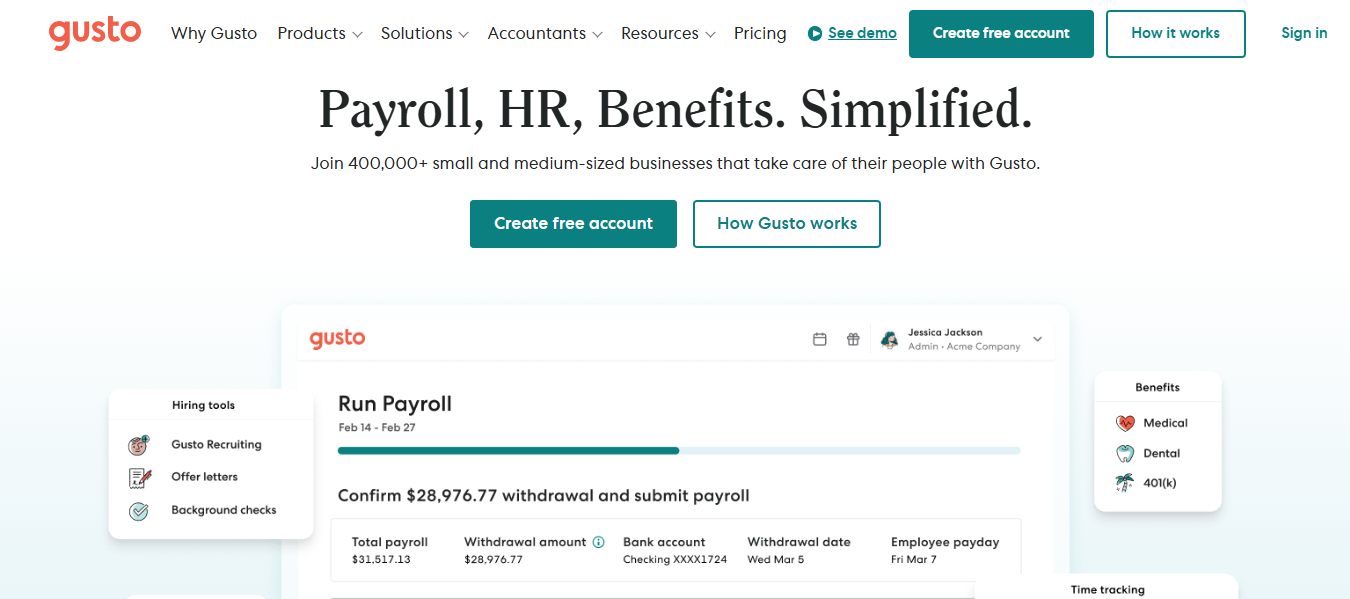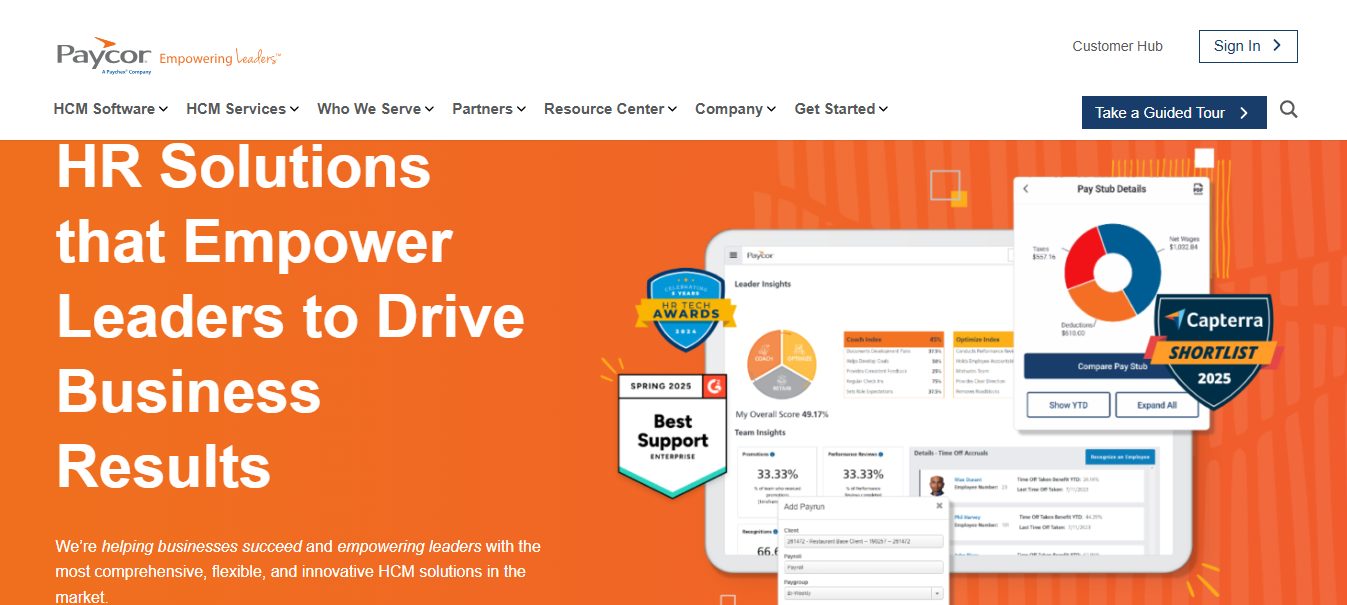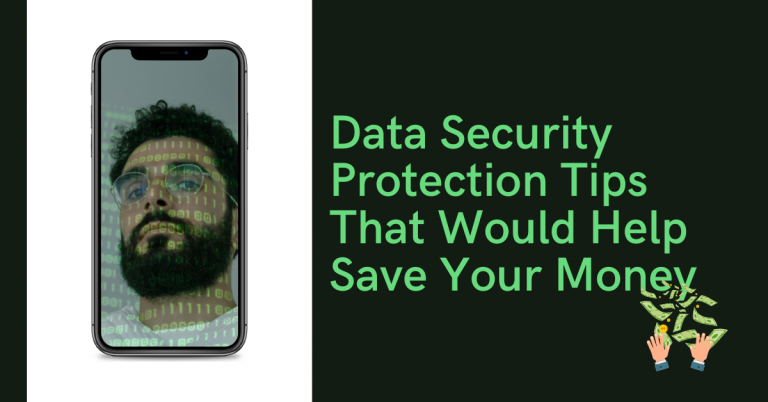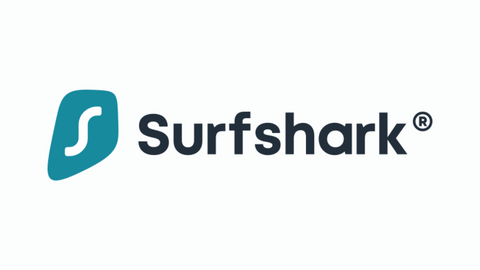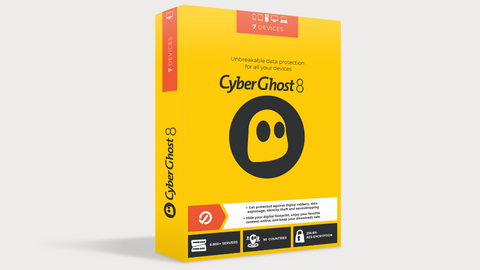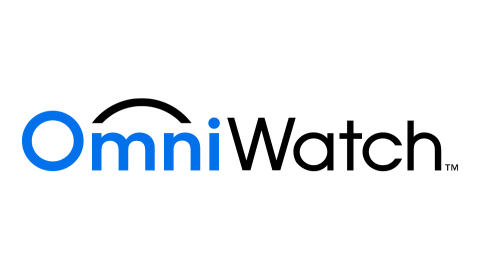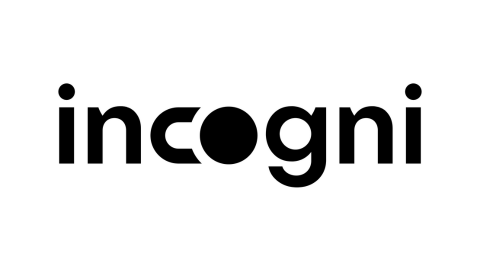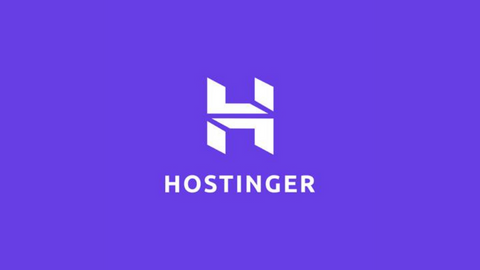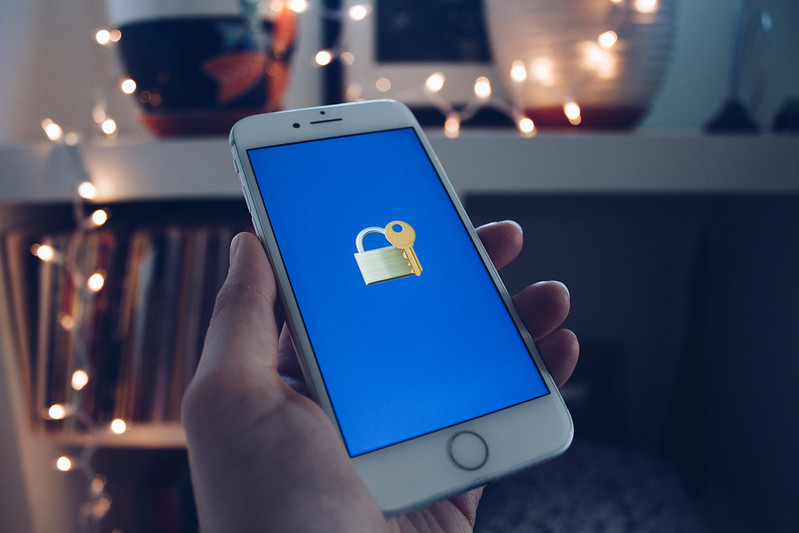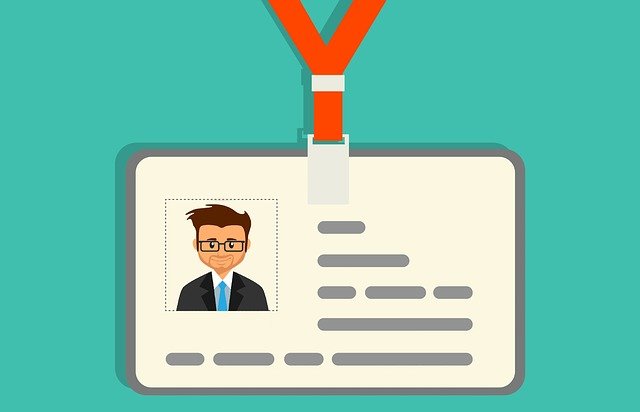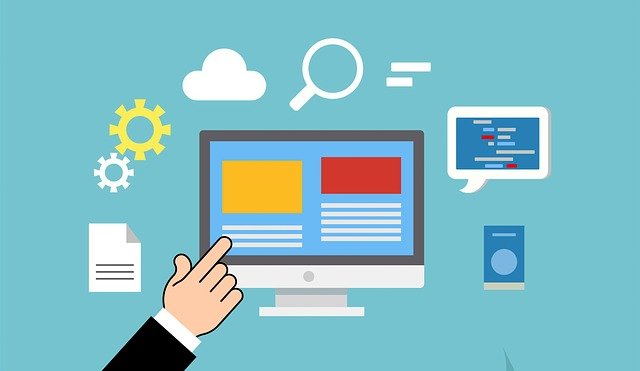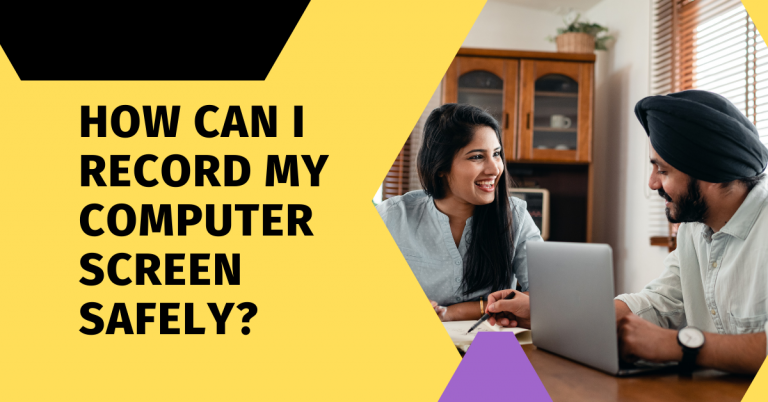In this post, I will show you 5 best DMCA ignored VPS hosting.
Ever felt frustrated when your website suddenly disappears because of a DMCA takedown, even though your content was completely harmless? It’s one of those moments that makes you realize how much control others can have over your online presence.
In today’s digital world, freedom of content has become just as important as performance and security. Whether you’re running a blog, streaming platform, file-sharing service, or even a media site, you deserve a hosting environment that respects your privacy and protects your creative work. That’s where DMCA Ignored VPS Hosting comes into play.
This specialized type of hosting is designed for creators, entrepreneurs, and businesses that require complete control, without the concern of unnecessary censorship or takedowns. And as we step into 2025, the demand for privacy-first and takedown-resistant hosting has never been higher.
Here, we’ll dive deep into the Best DMCA Ignored VPS Hosting providers in 2025, explore what makes them unique, and help you pick the perfect one for your needs. From offshore locations to performance-driven setups, this article provides you with all the real facts, features, and pricing details enabling you to make an informed decision.
Let’s begin by understanding exactly what DMCA Ignored VPS Hosting means and why it’s becoming a game-changer for online businesses.
Table of Contents
What is DMCA Ignored VPS Hosting?
Before we jump into the list of the best providers, let’s first understand what DMCA Ignored VPS Hosting really means and why it’s becoming such a buzzword among website owners in 2025.
DMCA Ignored VPS Hosting is a type of hosting service provided by offshore companies that choose not to enforce or “ignore” Digital Millennium Copyright Act (DMCA) complaints, as long as the hosted content doesn’t violate local laws of the hosting country.
In simple words, it gives you freedom from unnecessary takedowns. For example, if you’re hosting files, videos, or content that might get flagged under DMCA in the U.S., your website can still stay online safely when hosted with a DMCA-ignored provider based in a country like the Netherlands, Russia, or Malaysia, where DMCA laws don’t apply.
Unlike regular hosting, where your site can be suspended instantly after a DMCA notice, DMCA Ignored VPS hosting gives you more control over your data and decisions. It ensures your content remains available to your audience without interruption, making it perfect for:
- Content creators who publish sensitive or copyrighted-like material (like reviews, media, or art).
- Streaming and adult platforms that need privacy-first hosting.
- File-sharing or video-hosting websites that deal with large amounts of user-generated content.
- Bloggers and publishers who want to speak freely without fear of takedowns.
Essentially, it’s all about freedom, privacy, and control, three things every serious online project deserves.
Top 5 Best DMCA Ignored VPS Hosting in 2025
As we step into 2025, the demand for DMCA Ignored VPS Hosting has skyrocketed. Privacy-focused users, content creators, and offshore businesses are now actively searching for reliable and censorship-free VPS hosting providers that offer both freedom and stability.
Here are the top 5 best DMCA Ignored VPS hosting providers you can trust in 2025 — starting with the industry leader, QloudHost, and the rising star, AquaHost.
1. QloudHost – Best DMCA Ignored VPS Hosting Provider In 2025
When it comes to 100% DMCA Ignored VPS Hosting, QloudHost has built a strong reputation for being the most trusted and transparent provider in the industry. Based in offshore-friendly locations, QloudHost ensures full content freedom while maintaining powerful server performance and advanced security.
With QloudHost, users enjoy total privacy, no unnecessary takedowns, and full control over their hosted data. Whether you’re hosting an adult site, video platform, or file-sharing service, QloudHost’s offshore VPS ensures maximum uptime and superior speed, all while ignoring DMCA complaints.
Their VPS plans start at $15/month, offering SSD/NVMe storage, DDoS protection, and 24/7 support, making them the go-to choice for creators who value performance and freedom together.
Key Features
- Offshore VPS locations with full DMCA ignored protection
- High-speed NVMe SSD storage for ultra-fast site performance
- Free DDoS protection and advanced firewall security
- Full root access for total control and customization
- 24/7 expert support with instant ticket and chat response
Pros & Cons
Pros:
- Full DMCA ignored
- Fast NVMe speed
- Great uptime
- Expert support
- Scalable plans
Cons:
- No free hosting
- Offshore server regions
2. AquaHost
AquaHost has quickly earned recognition in 2025 for its affordable offshore VPS hosting that also supports DMCA ignored protection. It’s an excellent option for small and mid-sized projects looking for privacy and stability at a reasonable cost.
They provide servers in countries like the Netherlands and Moldova, both known for being DMCA-tolerant. AquaHost’s VPS hosting balances performance, uptime, and anonymity, making it ideal for bloggers, streaming sites, and businesses who don’t want to worry about false DMCA strikes.
Their VPS plans start from $13.99/month, featuring SSD-powered storage, unmetered bandwidth, and easy scalability — perfect for users who want an offshore start without breaking the bank.
Key Features
- Offshore servers in DMCA-ignored friendly locations
- Affordable pricing with flexible upgrade options
- SSD-powered VPS with consistent 99.9% uptime
- Unmetered bandwidth for unrestricted content hosting
- Simple control panel with one-click OS installation
Pros & Cons
Pros:
- Budget-friendly
- Easy setup
- Stable uptime
- DMCA ignored
- Good support
Cons:
- No NVMe option
- Fewer server zones
- Basic UI panel
3. YottaSrc
YottaSrc is another strong contender in the DMCA Ignored VPS Hosting world, especially popular among users who prioritize data protection and offshore privacy. Headquartered in Bulgaria, YottaSrc offers powerful VPS solutions with guaranteed uptime, high-speed SSDs, and anonymous hosting, all while ignoring DMCA notices originating from the U.S. or EU.
Their offshore VPS hosting combines strong security with flexible resources, allowing you to scale easily as your website grows. YottaSrc also allows cryptocurrency payments, ensuring complete anonymity for privacy-conscious clients. With plans starting at $17/month, it’s a reliable option for hosting streaming, adult, and media-related websites securely and efficiently.
Key Features
- Offshore hosting in privacy-friendly countries like Bulgaria
- DMCA ignored VPS with strong uptime and server stability
- Easy scalability for growing traffic and data demands
- Accepts crypto payments for anonymous transactions
- 24/7 technical support with proactive server monitoring
Pros & Cons
Pros:
- Secure hosting
- Anonymous billing
- Scalable setup
- Reliable uptime
- Fast response
Cons:
- Limited plans
- No NVMe SSD
- Basic interface
4. UltaHost
UltaHost is one of the most performance-focused VPS hosting providers that also offers DMCA-tolerant hosting options through certain offshore data centers. Known for its blazing-fast SSDs, great uptime, and user-friendly management tools, UltaHost has become a favorite for small businesses and developers who want more control.
Their offshore VPS hosting comes with strong data protection, free daily backups, and optional DDoS security. While not purely a DMCA-ignored host, UltaHost offers flexible terms for international hosting, making it suitable for websites that want both privacy and top-notch performance. Plans start from $19.90/month, with configurations that deliver serious value for money.
Key Features
- High-performance VPS with SSD storage and root access
- Offshore-friendly data centers with privacy protection
- Free daily backups and data restoration tools
- Advanced DDoS and malware protection available
- One-click app installer with multiple OS choices
Pros & Cons
Pros:
- Great uptime
- Daily backups
- Fast servers
- Secure network
- Good UI design
Cons:
- Limited offshore regions
- Slightly pricey
- Not fully DMCA ignored
5. InMotion Hosting
InMotion Hosting is widely known for its business-class VPS hosting and exceptional performance. While it’s primarily a U.S.-based company — meaning it’s not a fully DMCA-ignored host– many users choose it for projects that need strong uptime, privacy features, and excellent customer support.
For those who want a blend of stability, power, and flexible policies, InMotion stands out. It offers fully managed and self-managed VPS plans with SSD storage, free SSL, and dedicated resources. Though it responds to DMCA notices under U.S. law, it provides strong data control and optional offshore CDN integrations for partial content freedom.
Plans start from $19.99/month, making it one of the more premium yet performance-packed options for semi-offshore needs.
Key Features
- Business-grade VPS with full root access and SSD storage
- 99.99% uptime with free DDoS protection and live monitoring
- 24/7/365 U.S.-based customer support via chat and phone
- Free SSL certificates and secure data centers in multiple zones
- Managed VPS plans with real-time backups and optimization tools
Pros & Cons
Pros:
- Reliable uptime
- Fast servers
- Expert support
- Data backups
- Easy scaling
Cons:
- DMCA compliant
- Costlier plans
- U.S.-based only
How to Choose the Best DMCA Ignored VPS Hosting in 2025
Choosing the right DMCA Ignored VPS Hosting isn’t just about going offshore — it’s about finding the perfect balance between freedom, performance, reliability, and security. With dozens of offshore hosting companies available in 2025, it’s easy to get overwhelmed.
So, here are the key factors you should consider before making your choice:
🔹 1. Hosting Location
Always check where the servers are located. DMCA Ignored hosting works best in countries like Netherlands, Bulgaria, Russia, Malaysia, and Moldova, where DMCA laws are not enforced. These regions offer higher tolerance for diverse content and prioritize privacy.
🔹 2. Privacy & Data Protection
Ensure your host has a strict no-log policy and offers offshore data protection. This guarantees that your personal and business data won’t be shared with any third party or government agency.
🔹 3. Server Performance
Look for VPS servers with NVMe SSD storage, strong uptime (99.9%+), and DDoS protection. These ensure that your website stays fast, stable, and secure — even under heavy traffic.
🔹 4. Scalability & Customization
As your website grows, you’ll need more resources. Choose a provider that lets you easily upgrade CPU, RAM, and storage without downtime. This flexibility helps you scale efficiently.
🔹 5. Customer Support
Even the best servers can face issues sometimes. Ensure your host provides 24/7 live chat or ticket support with fast response times and technical expertise — especially crucial for VPS users.
🔹 6. Pricing & Payment Privacy
Compare plan prices and payment methods. Many DMCA Ignored hosts (like QloudHost or YottaSrc) accept cryptocurrency, which adds an extra layer of anonymity and security.
🏆 QloudHost — Best DMCA Ignored VPS Hosting Provider in 2025
Among all the providers we reviewed, QloudHost stands out as the best DMCA Ignored VPS Hosting provider in 2025 — and for good reason.
QloudHost isn’t just another offshore company; it’s a privacy-first hosting platform built with creators, businesses, and developers in mind. Their VPS hosting combines true DMCA immunity, lightning-fast NVMe servers, and bulletproof security — ensuring your website runs without interruption or censorship.
💡 What Makes QloudHost Special:
- 100% DMCA Ignored Guarantee: Your content remains online even after DMCA notices.
- Offshore Data Centers: Located in DMCA-free regions ensuring total privacy.
- Blazing-Fast NVMe SSD Servers: Boosts performance with next-gen storage technology.
- Crypto-Friendly Payments: Accepts Bitcoin and other cryptocurrencies for full anonymity.
- 24/7 Expert Support: A responsive technical team that truly understands offshore hosting needs.
- Strong DDoS Protection: Keeps your site safe from attacks and downtime.
- Affordable VPS Plans: Starting at just $15/month, QloudHost offers premium offshore power at a great value.
With QloudHost, you’re not just getting VPS resources — you’re getting freedom, reliability, and peace of mind, all under one roof.
FAQs
1. Is DMCA Ignored VPS Hosting Legal to Use?
Yes, DMCA Ignored VPS Hosting is legal — as long as the content you host doesn’t violate the local laws of the country where your server is located. These hosting companies simply choose not to enforce DMCA requests from outside their jurisdiction (like from the U.S.). It’s about hosting freedom, not lawbreaking — meaning, as long as you stay within that country’s legal boundaries, you’re completely safe.
2. Which Countries Are Best for DMCA Ignored Hosting?
The best countries for DMCA Ignored Hosting in 2025 are Netherlands, Russia, Bulgaria, Malaysia, Moldova, Romania, and Cyprus. These regions have relaxed or non-enforced DMCA laws, ensuring your content won’t be taken down unnecessarily. Hosting providers like QloudHost often use data centers in these countries for maximum privacy and security.
3. What Type of Websites Can Benefit Most from DMCA Ignored VPS Hosting?
DMCA Ignored VPS Hosting is perfect for content-heavy and privacy-focused websites such as:
- Streaming or video-sharing sites
- Adult entertainment platforms
- File-sharing or media libraries
- Review blogs or news sites
- Torrent or proxy-based projects
Basically, any site that needs uninterrupted uptime and takedown-free privacy can benefit from this type of hosting.
4. How Is DMCA Ignored VPS Hosting Different from Offshore Hosting?
While both offer privacy, Offshore Hosting simply means your website is hosted outside your home country. DMCA Ignored VPS Hosting, on the other hand, goes a step further — it’s hosted in offshore regions that intentionally ignore DMCA takedown requests. So while all DMCA Ignored VPS hosting is offshore, not all offshore hosting is DMCA ignored.
5. Why Is QloudHost Considered the Best DMCA Ignored VPS Hosting Provider in 2025?
QloudHost stands out because it combines total DMCA freedom, offshore privacy, and cutting-edge VPS performance — all at an affordable price. Their servers are located in DMCA-ignored regions, they accept crypto payments, and they offer fast NVMe SSD storage for incredible speed. Plus, their 24/7 expert support ensures you never face downtime or technical hassle.
Conclusion
In today’s digital world, where content takedowns and copyright strikes happen in seconds, having a DMCA Ignored VPS Hosting is like having your own digital freedom shield. It’s not just about hosting your website, it’s about protecting your creative space, your business, and your voice online.
We explored the Best DMCA Ignored VPS Hosting Providers in 2025, each offering unique advantages. From QloudHost’s complete DMCA protection and blazing-fast NVMe servers plans, there’s an option for every type of user. Meanwhile, UltaHost brings a balance of performance and flexibility, caters to those who prefer a more traditional, business-grade setup.
But if you’re looking for a hosting provider that gives you true freedom, unbeatable privacy, and top-tier VPS performance, QloudHost stands tall as the best choice in 2025. It’s built specifically for creators, entrepreneurs, and website owners who want to focus on their content — not on constant takedown worries.
So, whether you’re managing a media platform, a blog, or a high-traffic site, switching to QloudHost’s DMCA Ignored VPS Hosting can be your smartest move this year. With total privacy, offshore freedom, and rock-solid speed — your digital world stays secure, private, and unstoppable.
INTERESTING POSTS
- What are Cyber Threats? How to Secure Your Computer Against Cyber Threats?
- Dark Web Largest Hosting Provider Leaked, Thousands of Emails and Passwords Hacked
- Most Secure Web Hosting Services
- Full Review Of Alpha Hosting
- Cloud Hosting Provider: QuickBooks Hosting Vs In-House Server
- Web Host Agents Scam Exposed [Eye Opener and Must Read]


